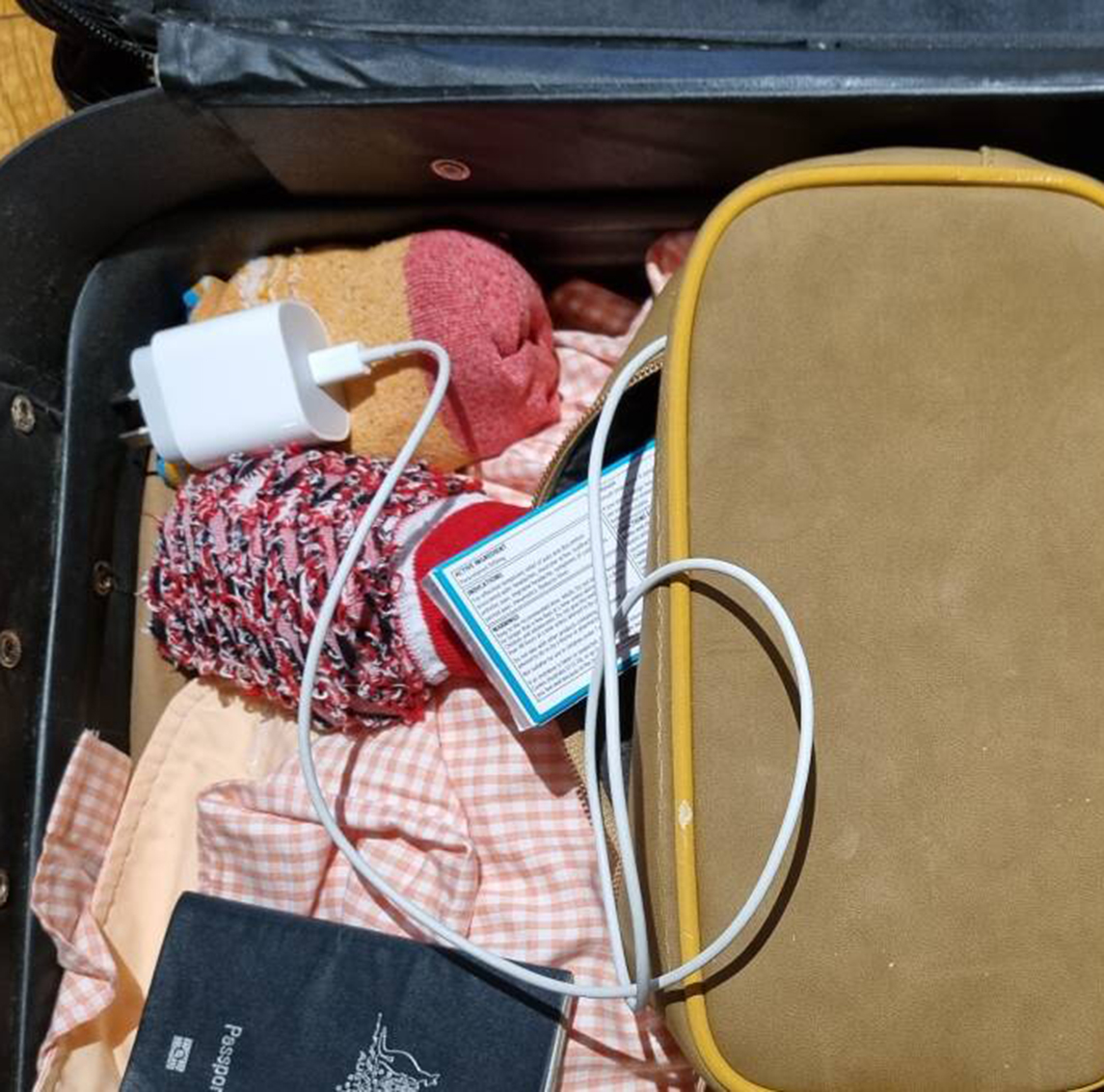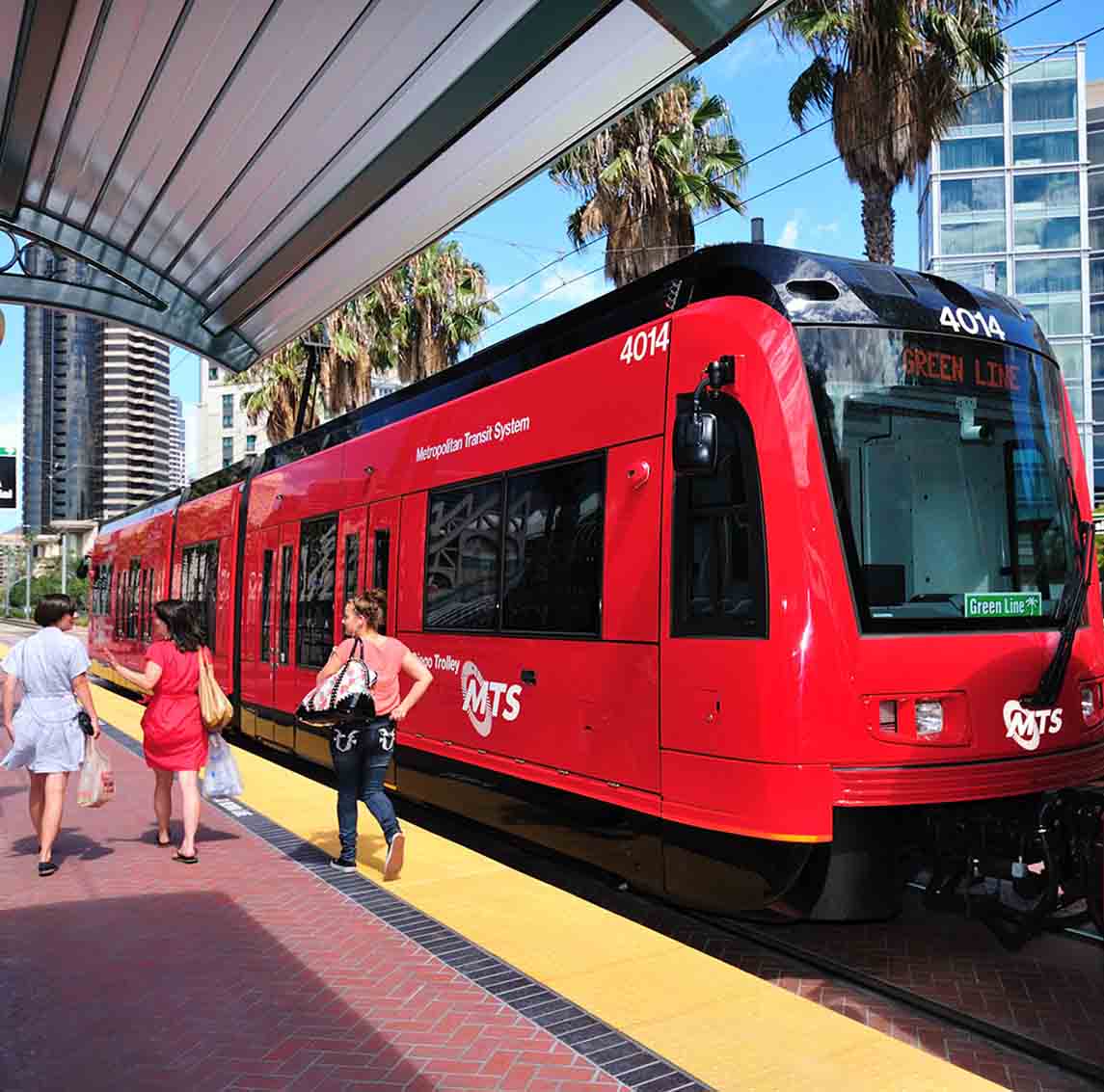Why Los Angeles?
From the iconic Hollywood Sign to the stunning beaches, Los Angeles is a vibrant city filled with diverse neighborhoods, world-famous attractions, and endless opportunities to explore. I’ve compiled this guide to help travelers make the most of a self-guided trip to LA. Whether you’re a first-time visitor or someone who’s looking to dive deeper, these tips will help you plan a stress-free and memorable journey.
Packing Essentials for Los Angeles Travel
Before heading to Los Angeles, it’s crucial to understand the local climate and choose appropriate items and outfits according to the travel plans. Here’s a list of essentials that I’ve personally found invaluable while exploring Los Angeles:
1. Lightweight, Breathable Clothing
- Los Angeles has a warm climate, with daytime temperatures that can be high, especially in summer. Light clothing, such as cotton or linen T-shirts, shorts, or dresses, is ideal.
- In the evening, the temperature drops a bit, especially in winter or during spring and fall, so it’s wise to carry a light jacket or sweater for added comfort.
- If you plan to visit the beach or go on a hike, pack extra comfortable clothing. It can be breezy by the coast, and temperatures in the mountains can vary significantly.
2. Comfortable Walking Shoes
- Los Angeles is a very walkable city, especially in areas like Hollywood, Santa Monica, and Venice Beach, so comfortable sneakers or casual shoes are a must.
- If you’re planning on hiking, such as in Griffith Park, a pair of hiking shoes can provide better support and protection for your feet.
3. Sunscreen, Hat, and Sunglasses
- The sun is strong in Los Angeles, particularly in summer. High SPF sunscreen is essential—SPF 30 or higher is recommended, and frequent reapplication is a must.
- A wide-brimmed hat and sunglasses help protect your face and eyes from the intense sun, making them essential for outdoor adventures.
4. Reusable Water Bottle
- Staying hydrated is crucial, and most parks, malls, and attractions have water refill stations. Carrying a reusable water bottle is both eco-friendly and convenient.
- If you prefer cold drinks, consider bringing an insulated bottle to keep beverages cool.
5. Portable Charger and USB Cable
- Since navigation and photography will heavily rely on your phone, a portable charger is essential for staying powered up.
- For longer days out, choose a portable charger with at least 10,000 mAh capacity for extended battery life.
Understanding Los Angeles’ Climate and Seasonal Tips
Los Angeles features a Mediterranean climate, with mild, wet winters and hot, dry summers. Here’s an overview of the climate by season with travel tips:
1. Spring (March to May)
- Daytime temperatures range from 15°C to 24°C, making it ideal for outdoor activities.
- Spring is sunny without the heat, so short-sleeve tops or a light jacket are great, and carrying a long-sleeve for cooler days is smart.
- This is a perfect time to visit Griffith Park, the Los Angeles Botanical Gardens, and other scenic spots to enjoy blooming flowers and lush greenery.
2. Summer (June to August)
- Temperatures rise during summer, often exceeding 30°C during the day, especially inland, where temperatures can reach up to 35°C.
- The dry, sunny weather makes sunscreen, a hat, and sunglasses essential.
- Coastal areas like Santa Monica and Venice Beach are a little cooler, making them popular spots to escape the heat.
3. Autumn (September to November)
- Fall brings a drop in temperature, with daytime highs around 20°C to 28°C, and cooler mornings and evenings.
- Autumn is great for outdoor hikes and enjoying fall colors in spots like Topanga Canyon, where the weather is crisp and fresh.
- This season tends to have fewer tourists, which makes for a more relaxed travel experience.
4. Winter (December to February)
- Winter temperatures are mild, with daytime temperatures around 15°C to 20°C, but rainfall increases.
- It’s good to carry a compact umbrella or a hooded raincoat for occasional showers.
- Griffith Observatory offers stunning night views in winter, as the air is clearer, making it easier to see the night sky.
Navigating Los Angeles: Public Transportation Tips
Los Angeles’ public transportation system includes the Metro Rail, light rail, and buses. Due to the city’s vast expanse, certain areas are best explored by private car or ride-share. Here are some tips for efficiently using public transit:
1. Metro Rail System
- Los Angeles Metro Rail has six lines (Red, Blue, Green, Purple, Gold, and Expo), connecting the city’s main commercial and entertainment areas.
- The Red Line connects downtown Los Angeles to Hollywood and Universal City, covering Union Station, Universal Studios, and Hollywood Walk of Fame—ideal for tourists.
- The Expo Line links West Los Angeles, including Santa Monica Beach, to downtown LA, making it convenient for beach trips.
2. Bus System
- Los Angeles’ bus system includes Metro Bus and DASH Bus services. Metro Buses cover a wider range, while DASH offers short routes in areas like downtown LA and Hollywood, costing only around $0.50 per ride.
- DASH is a good choice for navigating downtown LA or getting around Hollywood without walking too far.
3. Metro TAP Card
- The TAP Card is Los Angeles’ reloadable electronic fare card, which can be used on both Metro Rail and bus services.
- TAP cards can be purchased at vending machines in Metro stations for an initial $1 fee. A day pass costs $7, which is convenient for frequent travelers.
- Online reloading and management via the TAP App make it easy to check balance and buy monthly passes.

4. Ride-Sharing Services
- Uber and Lyft are widely available in Los Angeles and are great alternatives, especially for reaching suburban attractions.
- Carpooling services from these apps can be a more budget-friendly and flexible option when traveling with friends or family.
Currency Exchange and Budget Tips
Los Angeles is an international city with plenty of options for currency exchange and managing expenses efficiently. Here are some budgeting tips:
1. Currency Exchange Options
- Currency exchange counters are available at Los Angeles International Airport (LAX). Though the exchange rate might not be the best, it’s convenient for exchanging a small amount upon arrival.
- Downtown LA has better rates at banks and currency exchange centers, so it’s worth researching nearby exchange services.
2. Using Credit Cards and ATMs
- Nearly all stores and restaurants in LA accept credit cards, so an international Visa or MasterCard is recommended.
- ATMs typically offer better exchange rates, although there may be a small transaction fee. Using ATMs from major banks (e.g., Bank of America, Chase) provides additional security.
3. Estimating Daily Expenses
- For travelers, daily expenses in Los Angeles may range from $50 to $100, covering food, accommodations, and transit.
- Many museums and attractions offer free or discounted tickets on specific days, such as the first Thursday of each month, so it’s worth planning around these to save on costs.
Popular Street Food and Safety Tips
Los Angeles offers a rich variety of street food, from Mexican flavors to classic American snacks. Here are some of my favorites, along with food safety tips:
1. Iconic Street Foods
- Mexican Tacos: Available at food trucks and famous food markets downtown, tacos are a must-try. Popular fillings include beef, chicken, and avocado sauce.
- LA-Style Hot Dog: These bacon-wrapped hot dogs topped with onions, peppers, and sauces are unique to LA’s streets and are hearty and flavorful.
- Mexican Corn (Elote): Grilled corn topped with cheese, chili, and sour cream is both aromatic and a perfect on-the-go snack.
2. Food Safety Tips
- Look for food trucks or restaurants with a steady flow of customers, as high turnover often means fresher ingredients.
- If you’re sensitive to spice, check with vendors about sauce ingredients since many Mexican dishes have a spicy kick that may require caution.
Getting a Local SIM Card
If you’re from outside the U.S., I recommend getting a local SIM card to stay connected. You can purchase one at major phone carriers like AT&T, Verizon, or T-Mobile upon arrival. A typical prepaid plan costs around $30-$50 for a month, depending on the amount of data. You can also look into international eSIMs if you want to set things up before landing in LA.
5-Day Los Angeles Itinerary
Here’s a 5-day itinerary covering top spots and hidden gems:
Day 1: Hollywood & Griffith Observatory
- Walk along the Hollywood Walk of Fame.
- Take a tour of the TCL Chinese Theatre.
- End the day at Griffith Observatory for stunning views of the city and the Hollywood Sign.
Day 2: Downtown LA & Arts District
- Visit The Broad Museum (free admission but requires advance reservations).
- Tour the historic Olvera Street.
- Explore the Arts District’s murals and trendy cafes.
Day 3: Beach Day in Santa Monica & Venice Beach
- Rent a bike and ride along the beach path.
- Stroll along the Santa Monica Pier and check out the Venice Canals.
Day 4: Day Trip to Malibu
- Spend the day at Malibu’s scenic beaches, such as El Matador or Zuma Beach.
- End with a sunset view and meal at a beachside cafe.
Day 5: Universal Studios Hollywood
A must for movie buffs, Universal Studios offers a full day of fun with theme park attractions and studio tours.
Adjusting Your Budget and Recommendations for Day Trips
Los Angeles has plenty of options to adjust your budget without missing out. Consider scheduling some free attractions, like Griffith Park, Venice Beach, and walking tours through neighborhoods like Silver Lake. For affordable meals, street food and local diners are a good option.
Day Trip Recommendations
- Pasadena: Visit the Huntington Library and Botanical Gardens.
- Santa Barbara: Known for its beautiful beaches, it’s around a 1.5-hour drive from LA.
- Joshua Tree National Park: A stunning desert landscape about 2.5 hours from the city, ideal for hiking and stargazing.

Recommended Travel Insurance for LA Trips
When traveling, insurance is a must, especially for peace of mind in a large city. For Los Angeles, I recommend World Nomads Travel Insurance or Allianz Travel Insurance. Both cover trip delays, lost baggage, and medical emergencies, which can be helpful if you’re exploring more remote areas like hiking trails. World Nomads, in particular, has an Explorer Plan that’s comprehensive, covering activities like hiking and urban exploration.
Personal Reflections on Self-Guided Travel in LA
Traveling on my own through Los Angeles has been a rewarding experience. There’s something empowering about setting my pace, choosing places that genuinely interest me, and experiencing the city as a local might. The city’s diversity is incredible; each neighborhood has its own vibe, and there’s always a new spot to discover.




